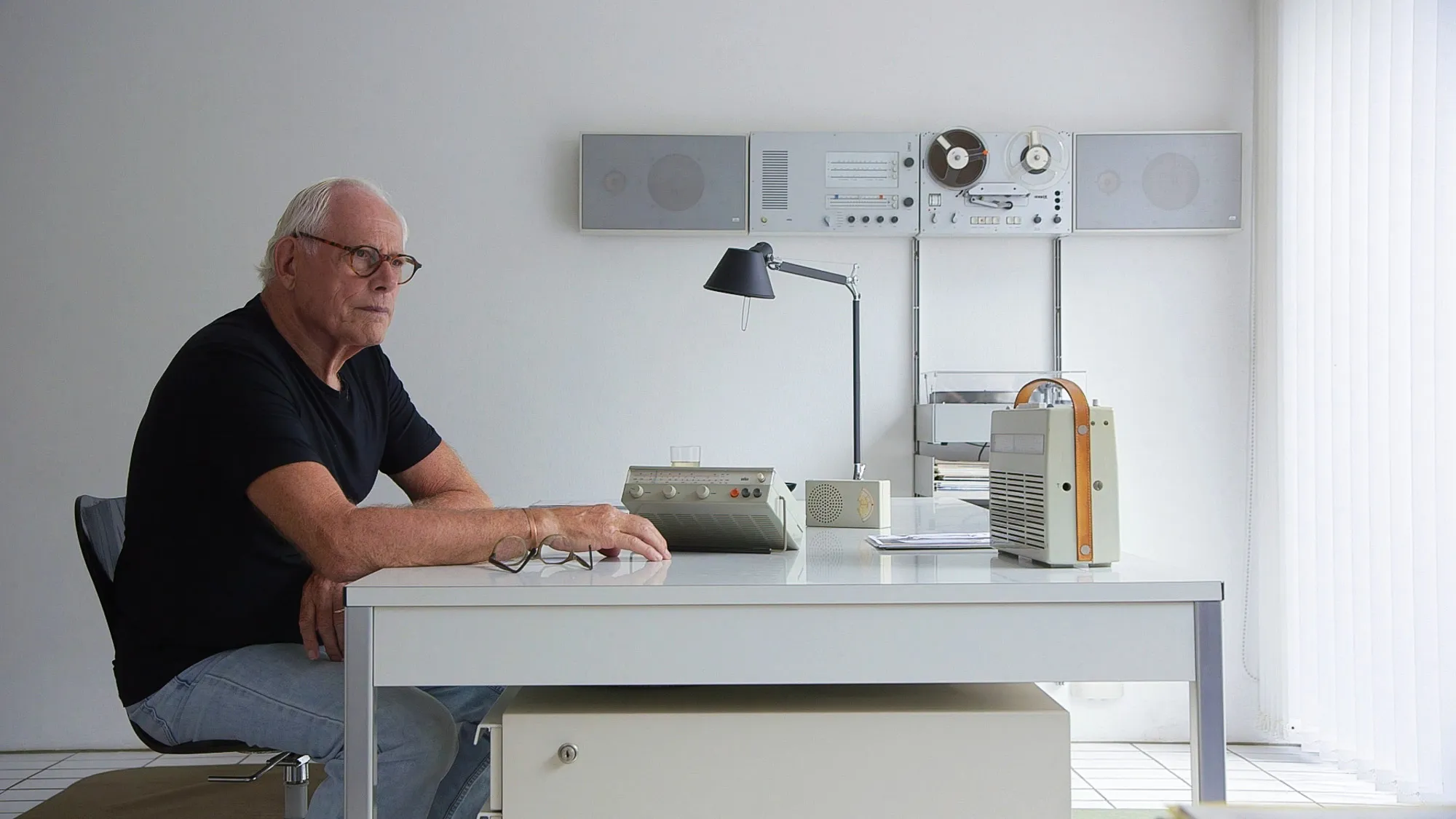Dieter Rams
Dieter Rams: 10 Principles of Good Design
In the world of design, few names carry as much quiet power as Dieter Rams. Known for his minimal, functional, and timeless work at Braun and Vitsœ, Rams helped define what good design truly means—not just visually, but ethically and culturally. His influence echoes through nearly every modern tech product, design system, and minimalist aesthetic we see today.
Rams didn’t just design objects. He designed a philosophy. And in a world saturated with noise, his voice is one of clarity and conviction.
Who Is Dieter Rams?
Born in Wiesbaden, Germany in 1932, Rams spent over 30 years as the lead designer at Braun, the German electronics company, where he created radios, shavers, audio systems, and household appliances that are now museum pieces.
His work is defined by simplicity, honesty, and purpose. Nothing is there by accident. Nothing is excessive. His designs feel inevitable—not because they follow trends, but because they follow truth.
When asked in the 1970s what he thought was “good design,” Rams responded not with a catchphrase, but with a manifesto: The 10 Principles of Good Design.
Make it
Born in Wiesbaden, Germany in 1932, Rams spent over 30 years as the lead designer at Braun, the German electronics company, where he created radios, shavers, audio systems, and household appliances that are now museum pieces.
His work is defined by simplicity, honesty, and purpose. Nothing is there by accident. Nothing is excessive. His designs feel inevitable—not because they follow trends, but because they follow truth.
When asked in the 1970s what he thought was “good design,” Rams responded not with a catchphrase, but with a manifesto: The 10 Principles of Good Design.

